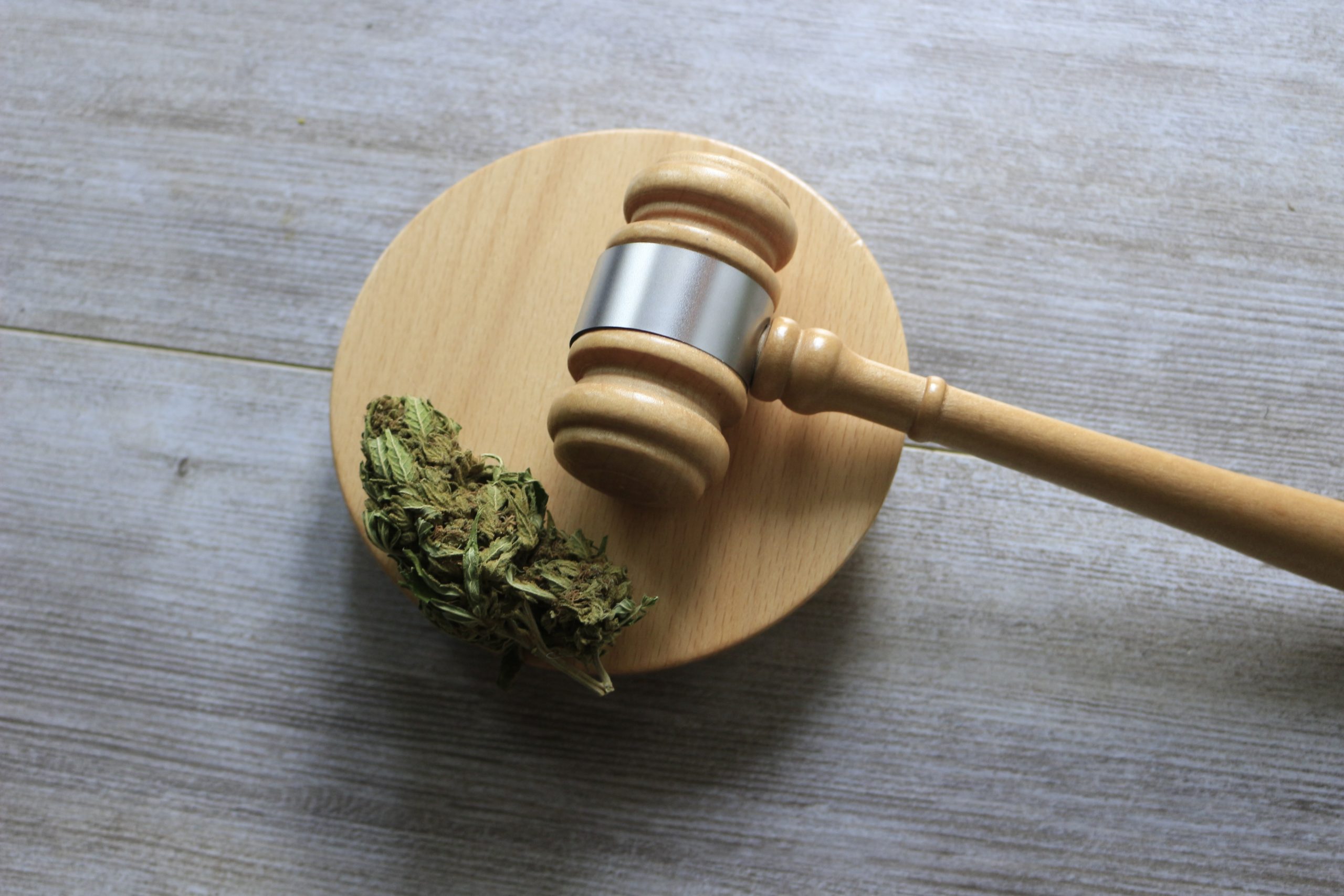Welcome to a new chapter in Middletown, NY, in the Orange County area. We’re here to navigate the cannabis legal landscape for safe enjoyment and educate about New York cannabis taxes. For an in depth overview of New York’s cannabis laws, visit here,
New York’s Cannabis Tax Explained
Across the Mid-Hudson valley we are pioneering the cannabis community as the 1st legal recreational dispensary. We aim to educate, helping the collective understand the financial legal landscape of legal cannabis in New York State.
The state has implemented a new unique tax structure for cannabis products, aiming to foster a regulated market. In addition, the tax applied at the point of sale directly supports the local community. All New York Cannabis products sold are subject to a dual tax system: a THC-based tax and a sales tax. The THC-based tax varies by product type— 0.5 cents per milligram for flower, 0.8 cents per milligram for concentrates, and 3 cents per milligram for edibles.
New York applies a 13% sales tax, with 9% allocated to the state and 4% to the local municipality. These specific taxes reflect New York’s commitment to regulating and benefiting from the growing cannabis market, ensuring that each purchase contributes to the community’s growth and well-being.
The Benefits of Legal Cannabis
The legalization of cannabis in New York State offers notable benefits for the Hudson Valley region, including economic growth, job creation, and local business support. Moreover, it ensures consumer safety with regulated products, fostering trust and informed choices. Additionally, within the cannabis legal landscape, legal sales generate crucial revenue for the state and local initiatives, supporting education, health care, and community development. Furthermore, recreational cannabis not only brings wellness for all but also aids in public health efforts by providing safer alternatives for pain and mental health management. Together, these advantages contribute to the overall well-being and progress of our communities.





